Category: Photojournalism
-
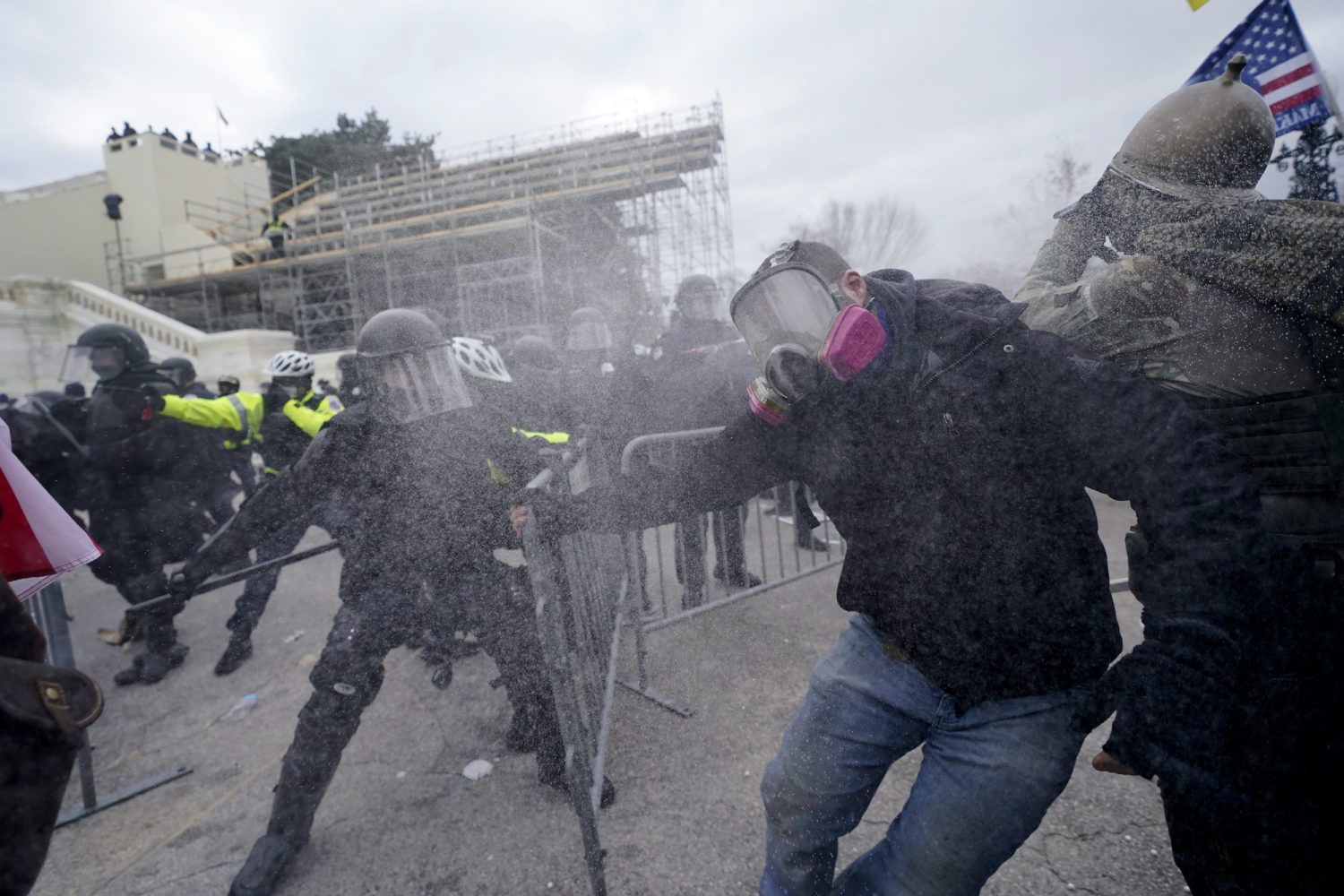
‘We kept on working.’ Two photojournalists share what they witnessed during the Capitol building riot. – Poynter
‘We kept on working.’ Two photojournalists share what they witnessed during the Capitol building riot. – Poynter Reporters and photojournalists assigned to cover the Electoral College vote count found themselves thrust into a riot against Congress, and found themselves attacked as well. via Poynter: https://www.poynter.org/business-work/2021/we-kept-on-working-two-photojournalists-share-what-they-witnessed-during-the-capitol-building-riot/ Days after Trump supporters stormed the Capitol Building, Leah Millis…
-
“A view of anything”: Photographing the insurrection – Columbia Journalism Review
“A view of anything”: Photographing the insurrection Congress was on break when Tom Williams, a photographer for CQ Roll Call, stepped out of the House chamber to file some shots of the vote to certify the election. Then he noticed something out a window facing east: a skirmish between dozens of cops and via Columbia…
-
Calling all the shots: three decades on the frontline of photography | Media | The Guardian
Calling all the shots: three decades on the frontline of photography The Observer picture editor reflects on the evolution of photojournalism as he bows out after nearly 30 years via the Guardian: https://www.theguardian.com/media/2020/dec/20/calling-all-the-shots-three-decades-on-the-frontline-of-photography Jane Bown looking at a contact sheet by the lightbox, using her monocle eyeglass. Motorcycle couriers flirting with picture researchers. Reporters massaging…
-
Appleton Post Crescent: In 25 years as a photojournalist, it’s the people I’ll never forget
In 25 years as a Post-Crescent photojournalist, it’s the people I’ll never forget Over the years, he’s covered plenty of high-profile events, including three Olympics and five Super Bowls. Link: https://www.postcrescent.com/in-depth/life/2020/12/17/appleton-post-crescent-25-years-photojournalist-its-people-ill-never-forget/3905424001/ Last fall, I marked my 25th anniversary with The Post-Crescent. It’s incredible how quickly time passes. I’ve spent close to half my life documenting…
-
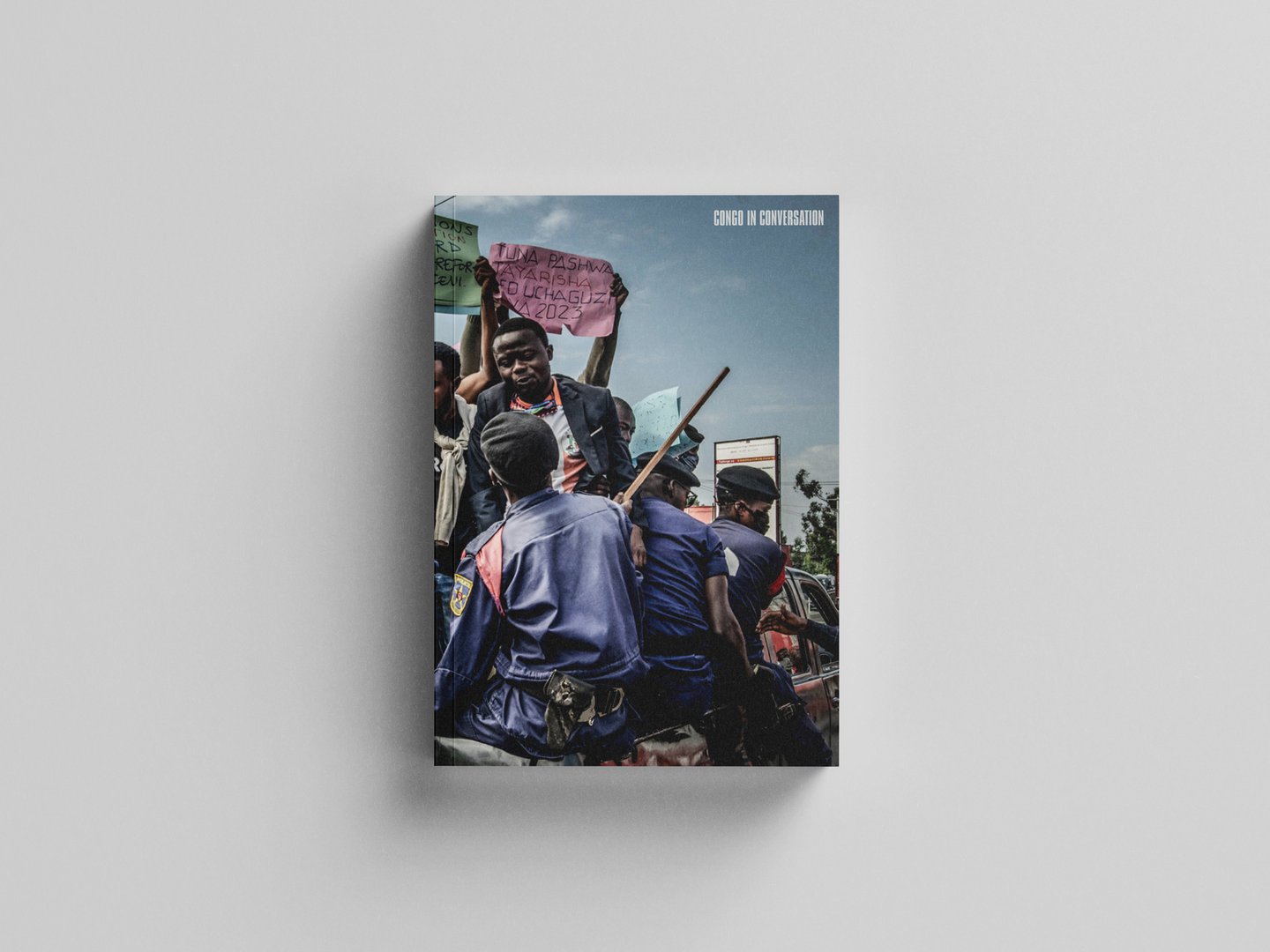
Congo in Conversation chronicles important stories from the country’s rising reportage photographers
Congo in Conversation chronicles important stories from the country’s rising reportage photographers The recently published monogram features 35 reportages and 15 photographers’ work over a climactic six months as the pandemic hit the Democratic Republic of Congo. Link: https://www.itsnicethat.com/articles/congo-in-conversation-photography-publication-161220?utm_source=feedburner&utm_medium=feed&utm_campaign=Feed%3A+itsnicethat%2FSlXC+%28It%27s+Nice+That%29 The recently published monogram features 35 reportages and 15 photographers’ work over a climactic six months…
-
Statesman photojournalist speaks on documenting George Floyd protests
Statesman photojournalist speaks on documenting George Floyd protests Photojournalist Ricardo B. Brazziell speaks to moments that have stuck with him while covering the George Floyd protests. via Austin American-Statesman: https://www.statesman.com/videos/news/2020/12/11/statesman-photojournalist-speaks-documenting-george-floyd-protests/6514039002/ Photojournalist Ricardo B. Brazziell speaks to moments that have stuck with him while covering the George Floyd protests.
-
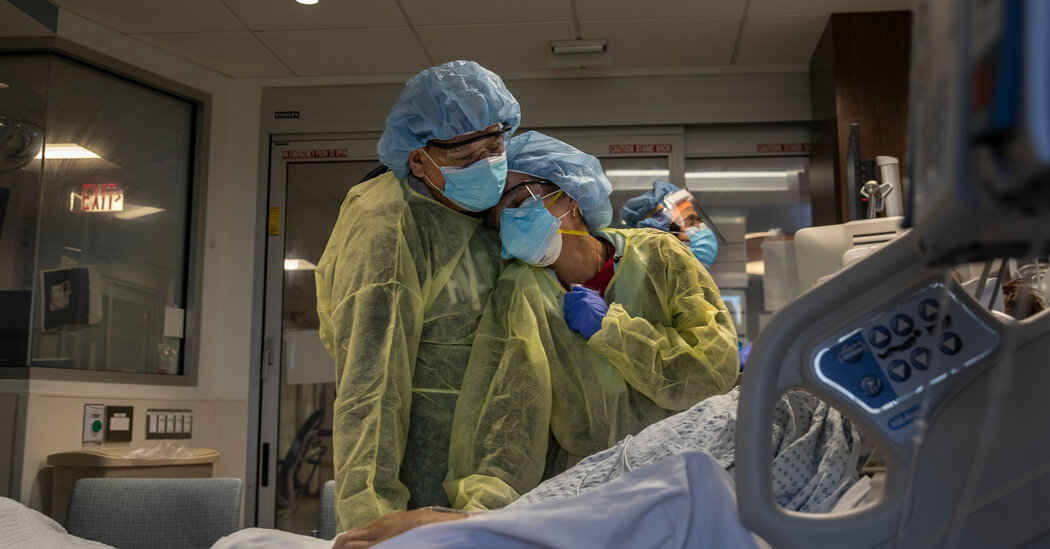
Thousands of Photographs, and a Year Like No Other – The New York Times
Thousands of Photographs, and a Year Like No Other The Year in Pictures project is an annual celebration of photojournalism. In 2020, photographers were living what they captured. Link: https://www.nytimes.com/2020/12/12/insider/photographers-year-in-pictures.html The Year in Pictures project is an annual celebration of photojournalism. In 2020, photographers were living what they captured.
-
Award-winning photojournalist Jan Šibík on the death of his trade, mobile pics and the coronavirus crisis | Radio Prague International
Award-winning photojournalist Jan Šibík on the death of his trade, mobile pics and the coronavirus crisis Jan Šibík, one of the Czech Republic’s top photojournalists, talks about the demise of photojournalism, mobile phone pics and documenting the coronavirus crisis. via Radio Prague International: https://english.radio.cz/award-winning-photojournalist-jan-sibik-death-his-trade-mobile-pics-and-8697232 Jan Šibík is one of the Czech Republic’s top photojournalists. He…
-
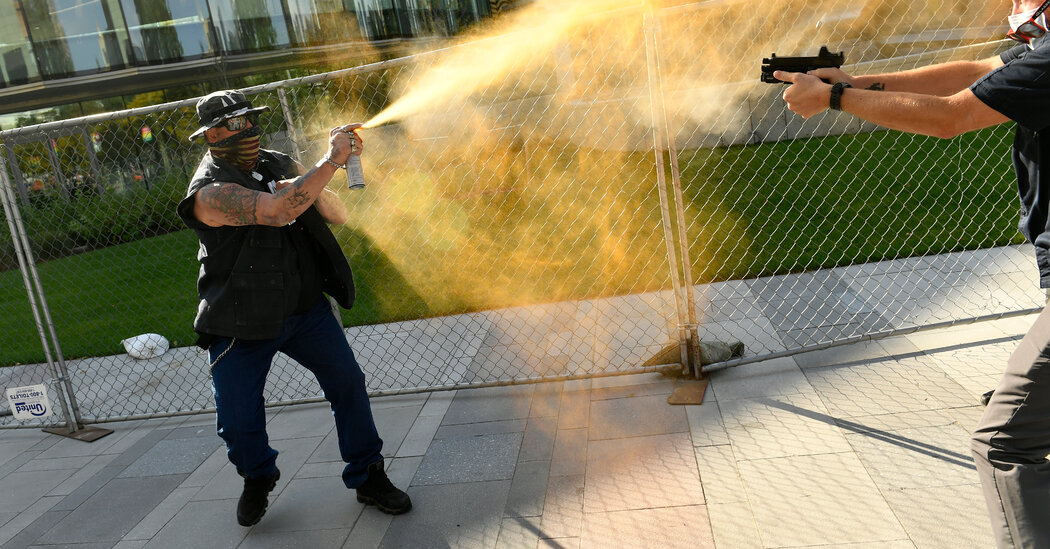
How a Denver Photojournalist Captured a Shooting as It Unfolded – The New York Times
How a Denver Photojournalist Captured a Shooting as It Unfolded Helen H. Richardson, a photographer at The Denver Post, was steps away when a rally and a counterprotest ended in a fatal shooting. Link: https://www.nytimes.com/2020/10/12/business/media/denver-photographer-shooting.html Helen H. Richardson, a photographer at The Denver Post, was steps away when a rally and a counterprotest ended in…
-
‘When the heart gets filtered up through the camera’: Vietnam War photographers on how to cover COVID better – Columbia Journalism Review
‘When the heart gets filtered up through the camera’: Vietnam War photographers on how to cover COVID better On February 29, Washington State health officials announced what they believed to be the first death due to the novel coronavirus in the United States. By March 31, the official national death toll stood at 3,173. It…
-
‘I felt like the pandemic was being censored.’ Photographing the fight for life – and grief of death – in COVID-19 Britain | National Geographic
‘I felt like the pandemic was being censored.’ Photographing the fight for life – and grief of death – in COVID-19 Britain This photojournalist documented two little-seen front lines in the UK’s war against coronavirus. Her images reveal intensive care of every kind – amidst a… via National Geographic: https://www.nationalgeographic.co.uk/photography/2020/07/i-felt-like-the-pandemic-was-being-censored-photographing-the-fight-for-life I wasn’t allowed in until…
-
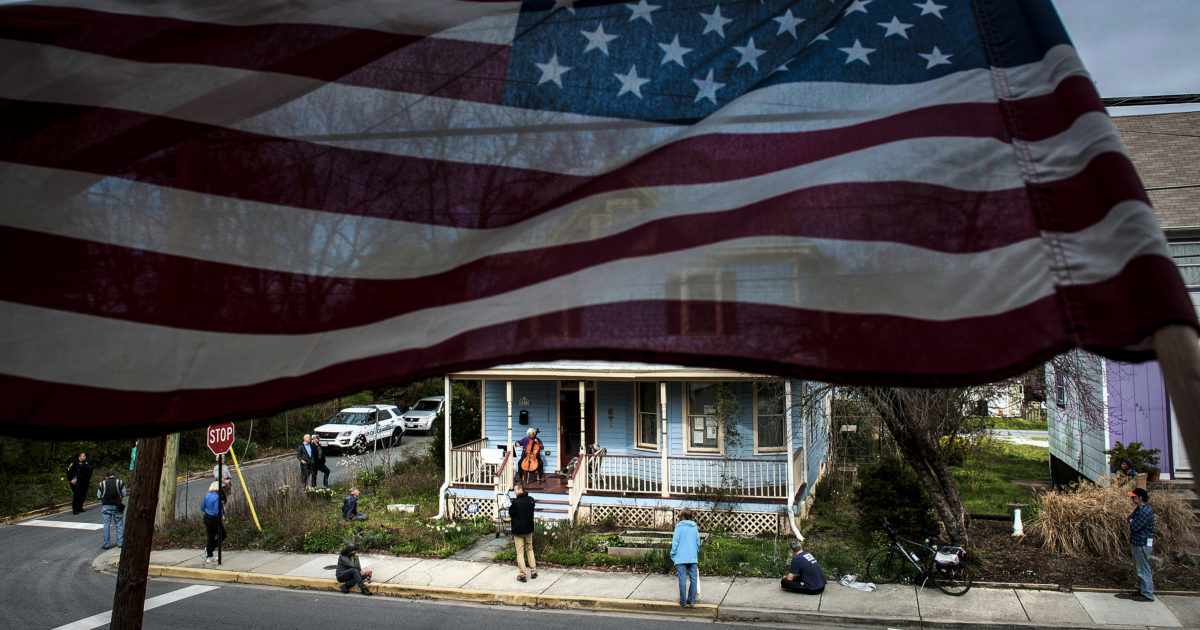
Boyd’s Station and American Reportage Launch AMERICA REIMAGINED – americanreportage
AMERICA REIMAGINED – americanreportage As communities and individuals, we are enduring the initial phase of the COVID-19 infection and the horror of the loss of over 140,000 lives, only to also be launched into a period of political unrest and turmoil sparked by multiple deaths of unarmed blac via americanreportage: https://americanreportage.com/tw-portfolio/america-reimagined/ [BOYD, KY July 18,…
-
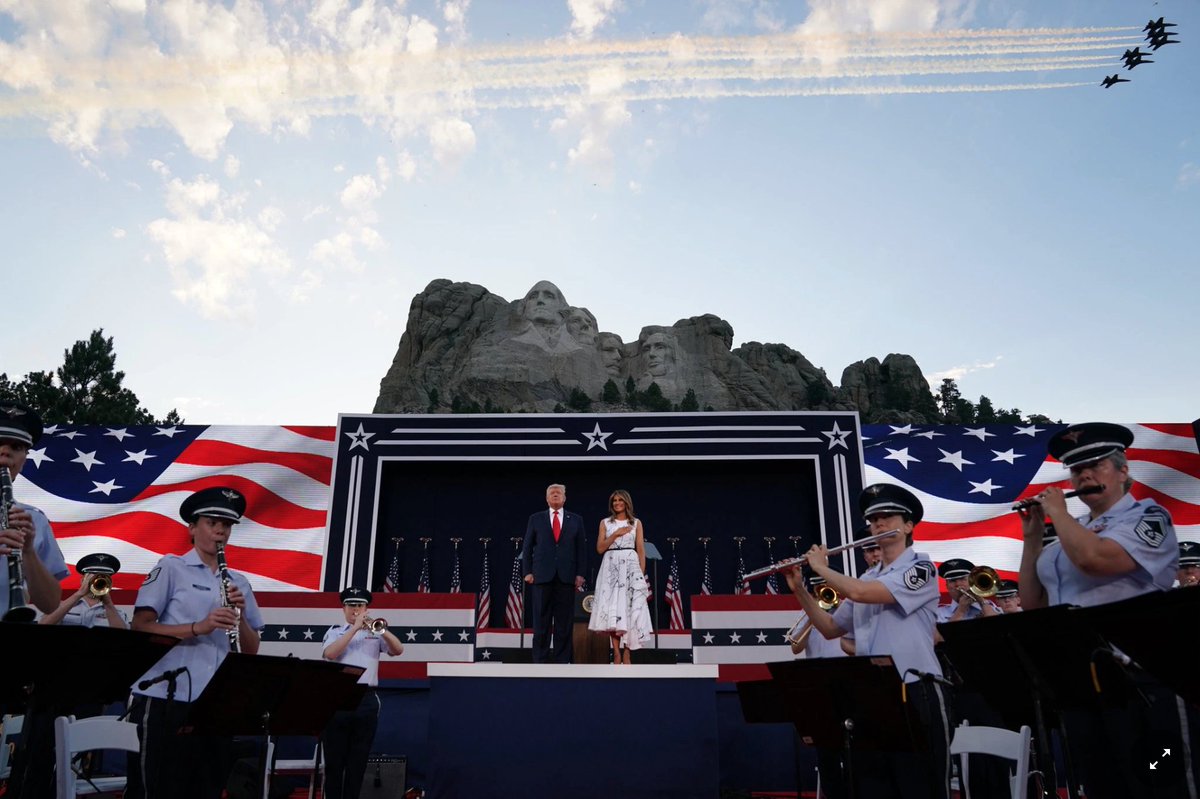
Chatting the Pictures: Trump Mt. Rushmore; Gun Waving St. Louis Couple; Racial Protest Self Portrait – Reading The Pictures
Chatting the Pictures: Trump Mt. Rushmore; Gun Waving St. Louis Couple; Racial Protest Self Portrait – Reading The Pictures This webcast looks at the Trump Mt. Rushmore rally, the St. Louis couple that pointed weapons at demonstrators, and a racial justice self-portrait. via Reading The Pictures: https://www.readingthepictures.org/2020/07/rushmore-guns-couple-self-portrait/?utm_source=feedburner&utm_medium=feed&utm_campaign=Feed%3A+Bagnewsnotes+%28Reading+The+Pictures%29 Welcome to the latest edition of Chatting the…
-
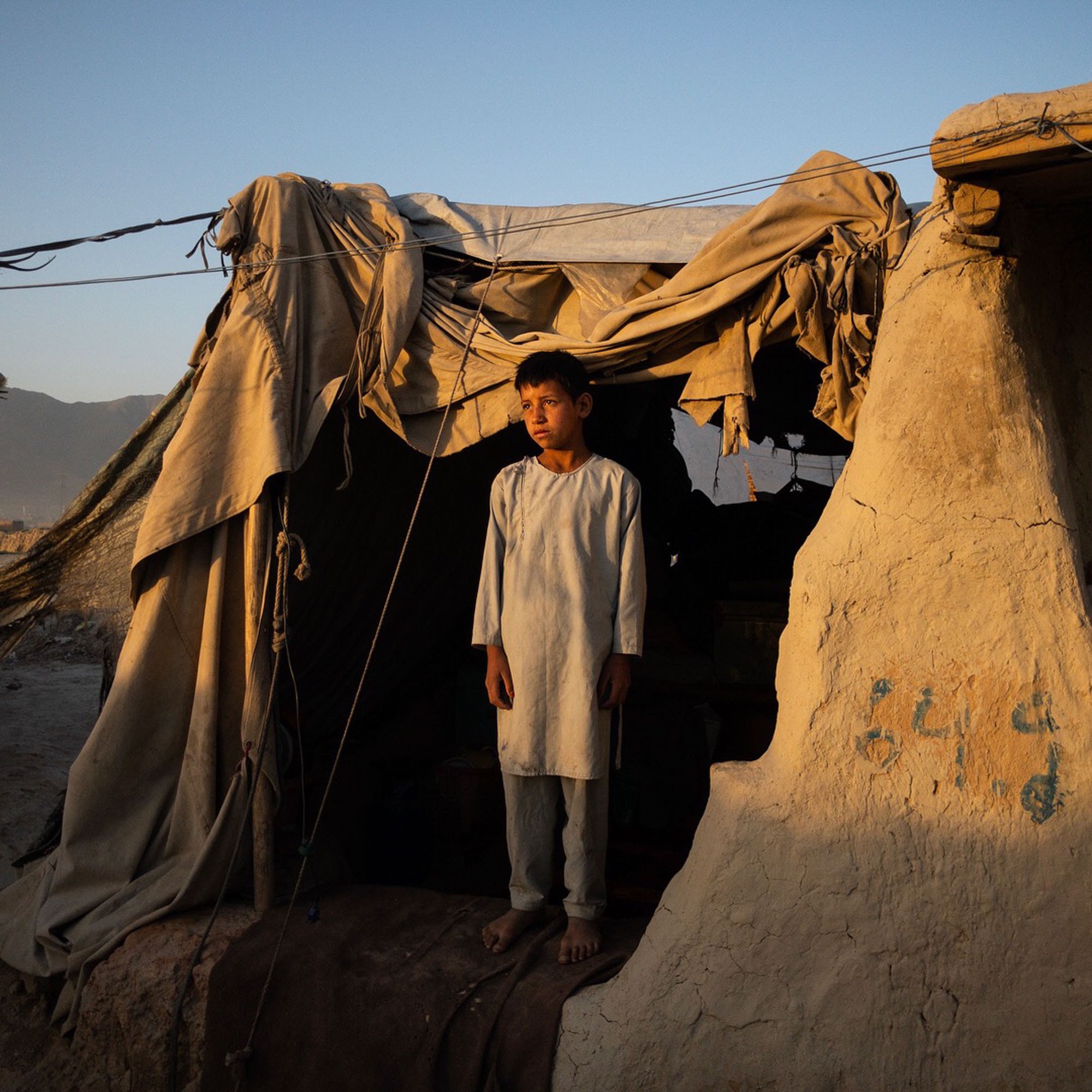
What lockdown looks like in Afghanistan : A photographer’s view
What lockdown looks like in Afghanistan : A photographer’s view For photographer Andrew Quilty, a pandemic in Afghanistan seemed terrifying. But the reality was an entirely different story. via Huck Magazine: https://www.huckmag.com/art-and-culture/photography-2/war-and-peace-what-lockdown-looks-like-in-afghanistan/ For photographer and writer Andrew Quilty – an immigrant living in war-torn Kabul – the prospect of Covid-19 was panic-inducing. But the reality…
-
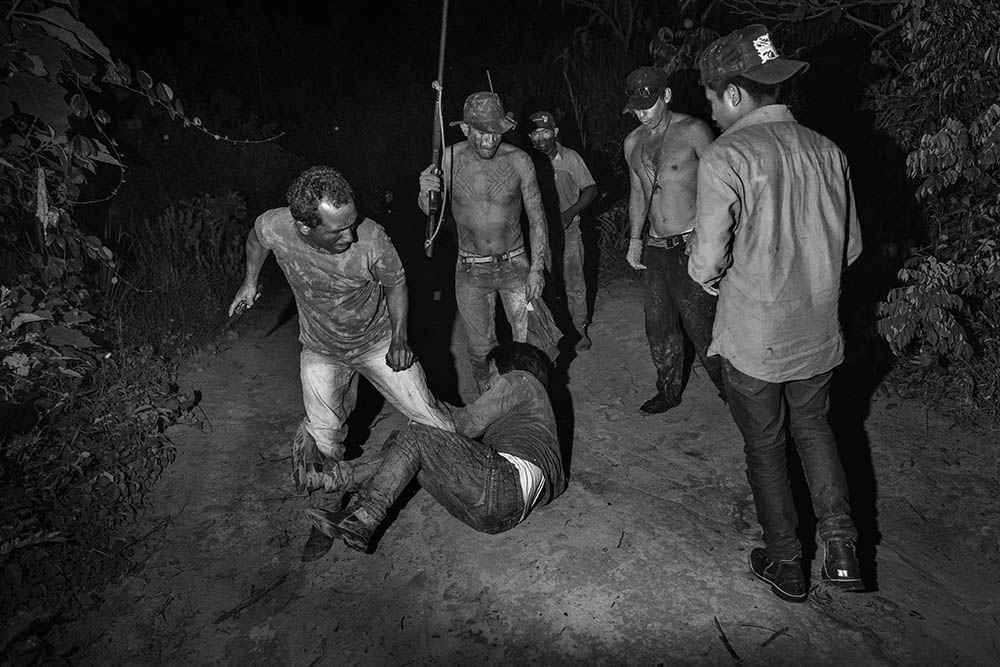
Photojournalism Now: Friday Round Up – 3 July 2020 – Photojournalism Now
Photojournalism Now: Friday Round Up – 3 July 2020 This week on Photojournalism Now: Friday Round Up – the tenth anniversary exhibition of the Carmignac Photojournalism Award. Also, a reminder to check out the new via Photojournalism Now: https://photojournalismnow43738385.wordpress.com/2020/07/03/photojournalism-now-friday-round-up-3-july-2020/ This week on Photojournalism Now: Friday Round Up – the tenth anniversary exhibition of the Carmignac…
-
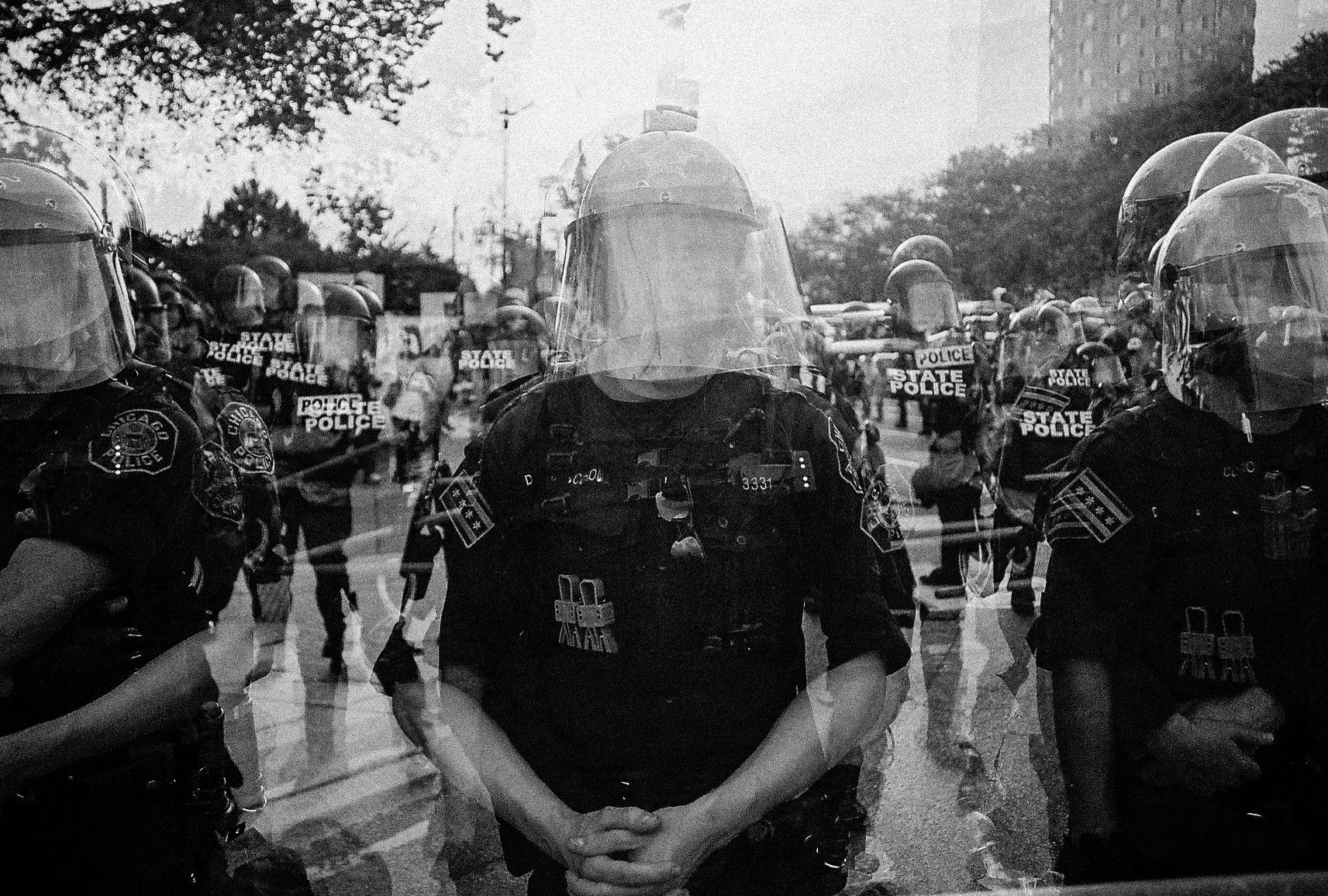
A conflict photographer’s guide to shooting protests
A conflict photographer’s guide to shooting protests Photographer Cengiz Yar has spent years working on stories around situations of unrest and conflict; from the wars in Iraq and Syria to protests in Thailand and Ferguson, MO. As the Black Lives Matter movement spreads around the world, photographers have via Huck Magazine: https://www.huckmag.com/art-and-culture/photography-2/conflict-photographer-protests-black-lives-matter/ Plan ahead, pack well,…
-
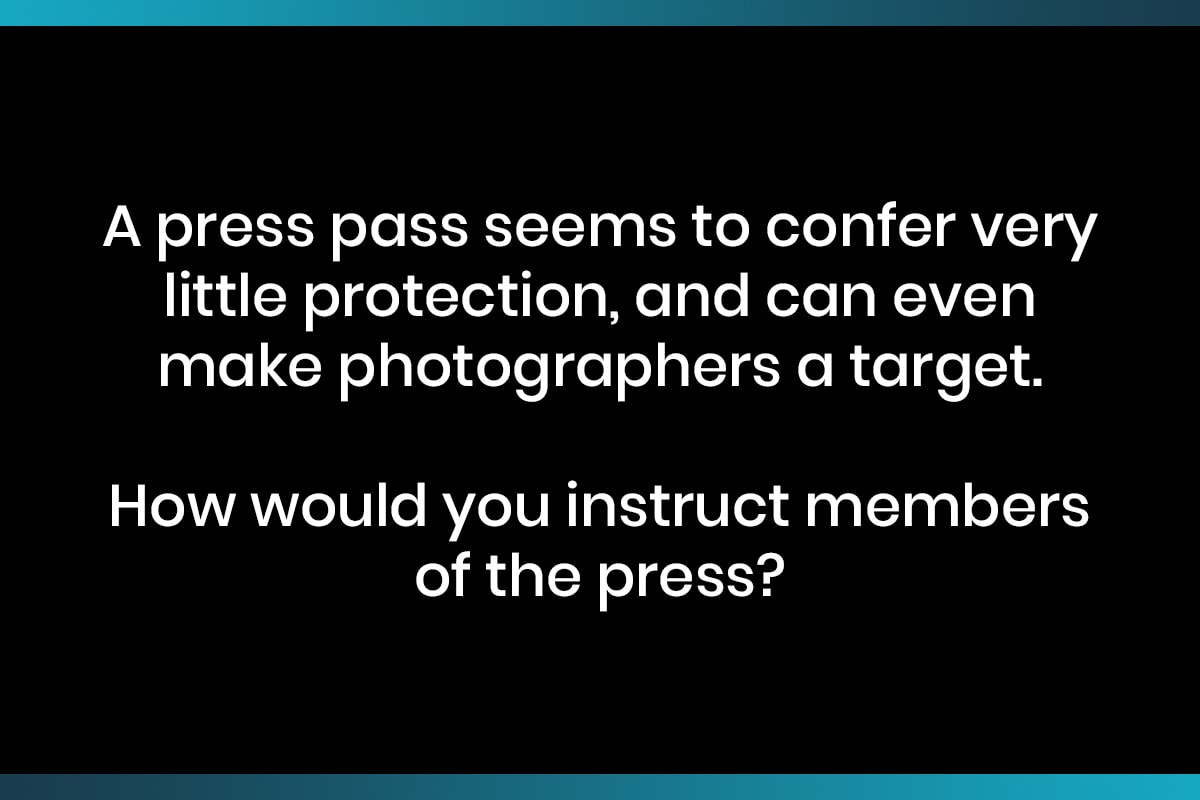
WATCH: Safety for Photojournalists Attending Protests – PhotoShelter Blog
WATCH: Safety for Photojournalists Attending Protests – PhotoShelter Blog Since May 26th, there have been 291 recorded incidents of police attacks on journalists covering the George Floyd protests around the country. That amounts to a staggering average of 19.4 events per day. We have seen journalists wrongfully arrested, shot via PhotoShelter Blog: https://blog.photoshelter.com/2020/06/safety-for-photojournalists-attending-protests-recorded-webinar/?utm_source=feedburner&utm_medium=feed&utm_campaign=Feed%3A+PhotoshelterBlog+%28PhotoShelter+Blog%29 Joined by…
-
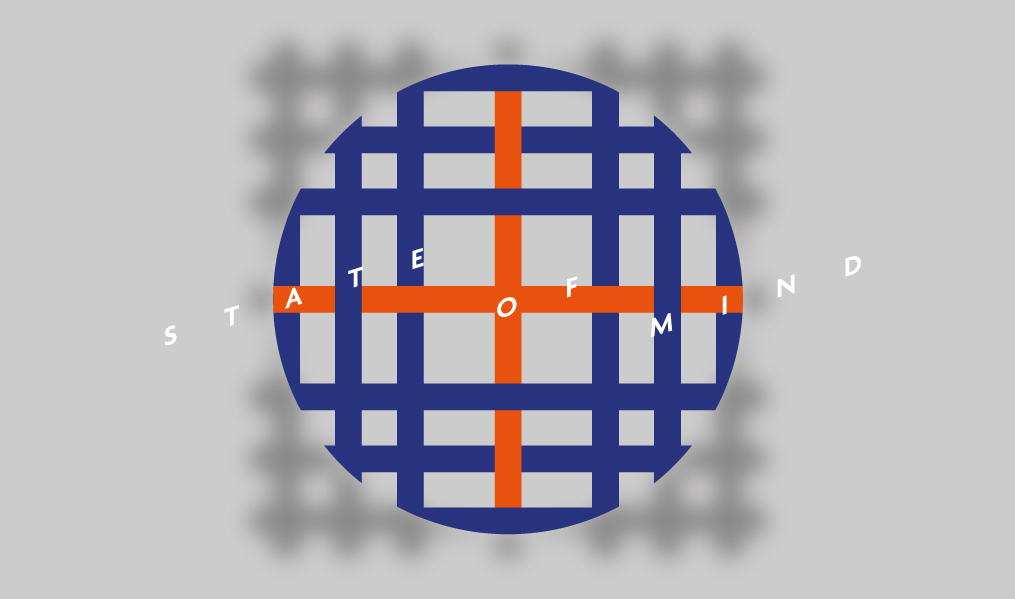
Mental health in lockdown: What now for… photojournalists?
Mental health in lockdown: What now for… photojournalists? Kiana Hayeri’s professional routine has always been stressful. The Iranian-Canadian photojournalist has been working for the past six years in Kabul, Afghanistan, where security protocol is rigorous. Every job requires calculated risk. Now, with the added via Huck Magazine: https://www.huckmag.com/art-and-culture/photography-2/what-now-for-photojournalists/ Huck is exploring the impact that the…
-
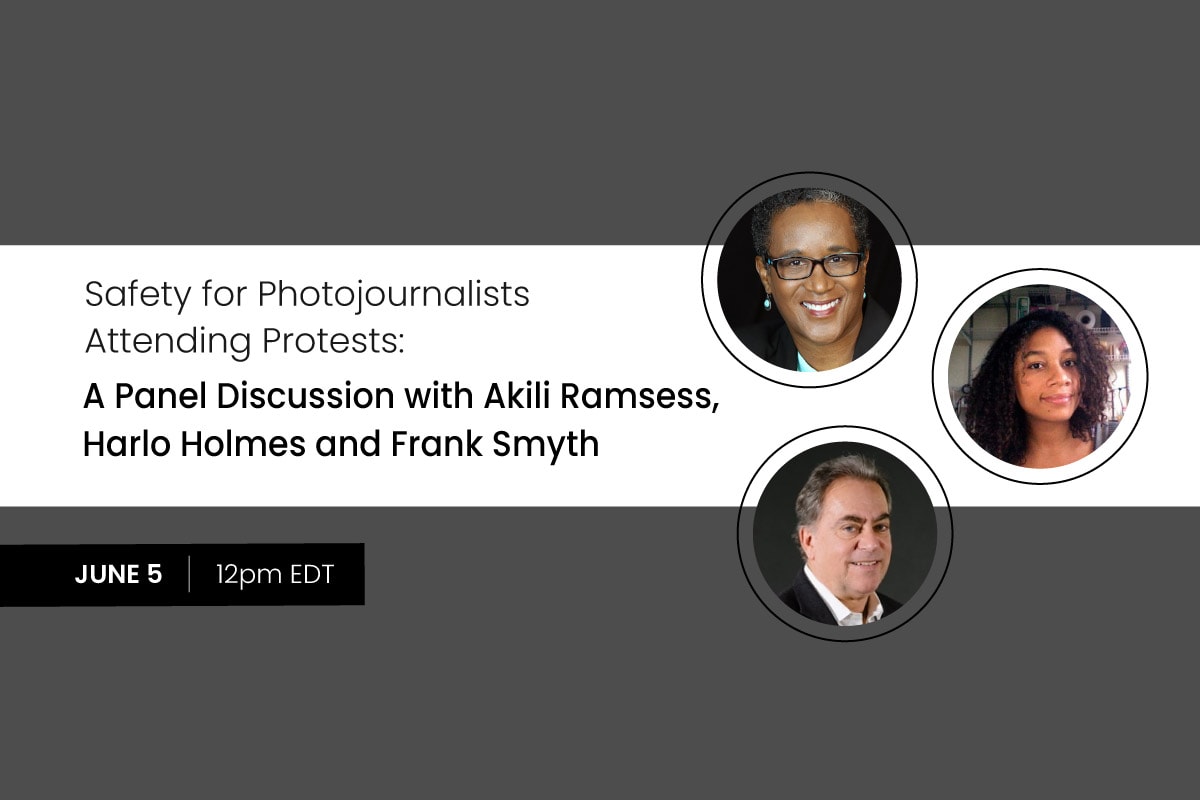
Free Webinar: A Discussion About Safety for Photojournalists Attending Protests – PhotoShelter Blog
Free Webinar: A Discussion About Safety for Photojournalists Attending Protests – PhotoShelter Blog Freedom of the press is a foundational value of the United States’ democracy, enshrined in the First Amendment along with the right to assemble peaceably. In recent days we have seen journalists wrongfully arrested, shot with rubber bullets and pepper spr via…
-
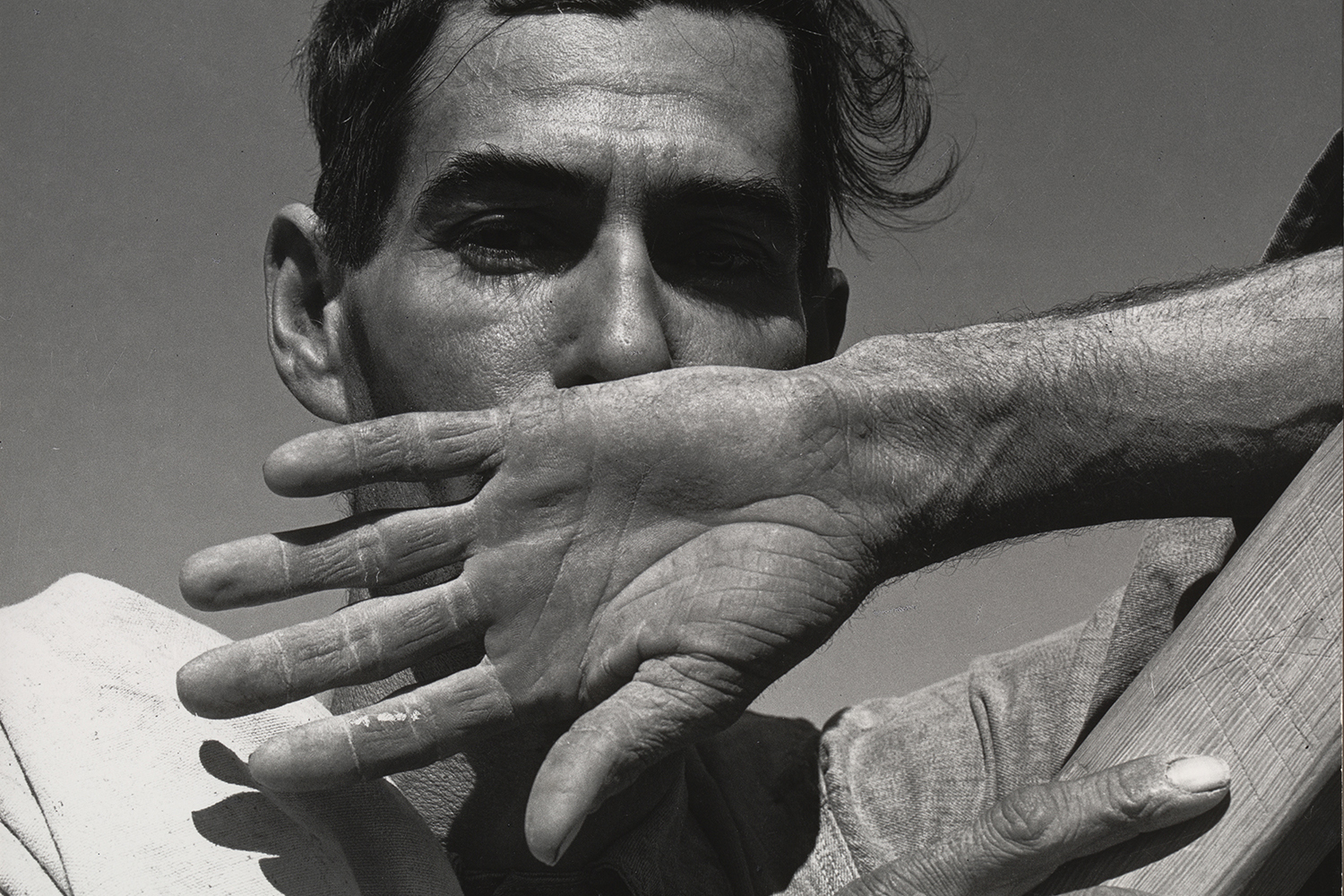
Dorothea Lange and the Afterlife of Photographs – Aperture Foundation NY
Dorothea Lange and the Afterlife of Photographs A new exhibition reveals how Lange’s concern for the dispossessed has never been more relevant. via Aperture Foundation NY: https://aperture.org/blog/dorothea-lange-moma-exhibition/ Confronting the economic crisis of the Great Depression, Lange produced some of the most influential photographs of the twentieth century. A new exhibition reveals how her concern for…
